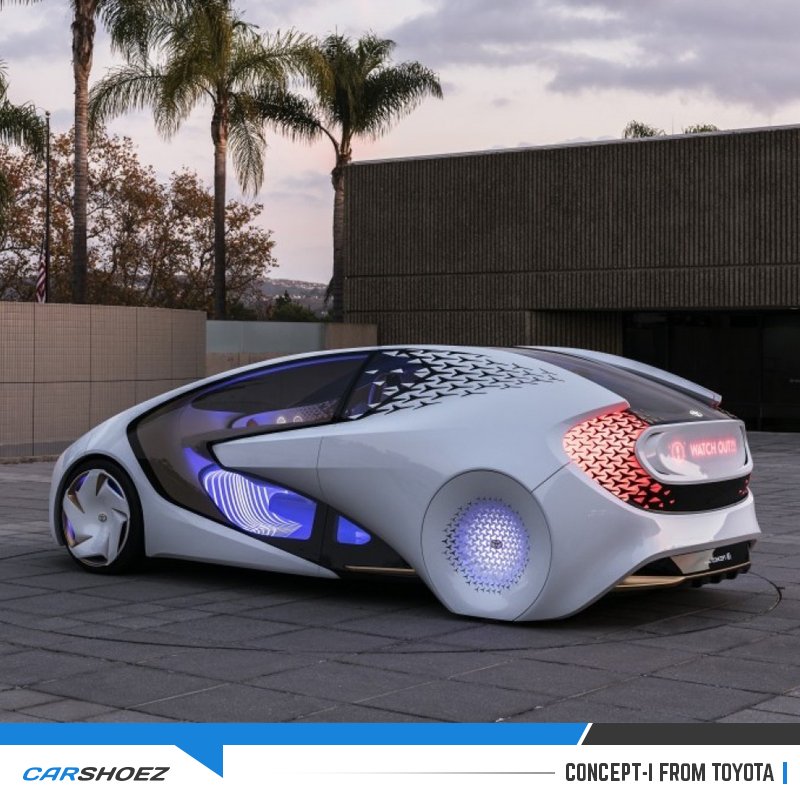
The autonomous self driving vehicle isn’t a new concept. Infact, long before Apple’s or Google’s self driving cars were ever conceived of, one of the first artificially intelligent cars that learned through machine learning was created in 1989 by Dean Pomerlaeu’s Team at Carnegie Mellon University (CMU) called ‘ALVINN’.
The ALVINN system went on to drive the land military vehicle coast to coast, and was only under computer control by a human for 50 out of the 2850 miles it drove. In front of the car was a camera which took pictures of the road in front of the vehicle. These images were captured 32 by 32 for processing which were used in a neural network along with the input i.e. which direction the driver was steering. The pixels were fed to a neural network which had 4 hidden units. The output layer tells the processor which way to turn the wheel, and determines the speed of the autonomous land vehicle.
Sources: http://repository.cmu.edu/cgi/viewcontent.cgi?article=2874&context=compsci http://www.theverge.com/2016/11/27/13752344/alvinn-self-driving-car-1989-cmu-navlab
Much has evolved in the field artificial intelligence since Alvinn. Toyota have unveiled the next car that it’s working on, called the Concept-i. Toyota doesn’t simply plan on building a system that is hands-free, but rather one that knows not only the route, but incorporates driving patterns, schedules, emotion, amongst other data points. The Concept-i is expected to have on-road evaluations within the next few years in Japan.
In a statement regarding their aspirations for the project, Toyota explained that the their underlying plan is to build a futuristic vehicle which is centered around it being “warm, welcoming, and fun” Toyota believes that the relationship between the driver and vehicle should be one that’s “meaningful and human,”. This isn’t something they are merely experimenting with, Toyota have invested $1 Billion to AI research showing just how mainstream artificial intelligence has become.
The vehicle will also take care of the driver’s safety by: including the ability for the car to have computer vision and understand haptic stimuli, monitoring road conditions and the attentiveness of the driver, allowing them to retake the wheel from self-driving mode at any time.

Designed by Toyota’s CALTY design research team in collaboration with the company’s innovation hub, Concept-i certainly doesn’t look like a vehicle you would currently see on the roads.
Beyond having a smarter computer inside, Toyota has decided to take away the traditional gauges on the dashboard, opting to use light, sound, and touch technology to communicate critical information. For example, coloured lights in the foot wells will indicate whether the vehicle is in automated or manual drive. Furthermore, projectors in the rear dock of the Concept-i will tell the user if another car is in the driver’s blind spot. The car greets riders at the door through exterior panels, and the rear of the vehicle will display messages about upcoming turns as well as informing the driver of any potential hazards. It is not expected that the vehicle will come to the market for commercial use any time soon, as Toyota hasn’t set a date for mass production yet. There’s still a lot of things to be worked out before their vision becomes a reality.
There is also the regulatory process that companies need undergo through in the United States before they can release a self-driving car to the roads. However, with Tesla’s autopilot becoming mainstream, it’s more than feasible to assume that these cars will come onto the market in the not too distant future. This kind of innovation to incorporate the latest AI technology isn’t new for Toyota. Infact, the car maker has been actively researching this technology for quite some time. The investment of $1 billion to establish a research facility in Silicon Valley has demonstrated this. With this facility Toyota will be and are currently investigating visual computing, robotics, human-computer interactions, machine learning, intelligent systems, decision making, speech recognition, natural language processing, and much more.
Last year, the company suggested that the public would be able to start seeing some of their advances being released over the next few years. But Toyota isn’t the only company who are looking to the future of our driving habits with artificial intelligence. Other companies that have and are investing in this technology include, but are not limited to: Honda, Ford BMW, AImotive, Volkswagen, CommaAI, Google, Tesla , Mobileye , Uber and Apple.

So there is much to be excited about on the future for driverless cars. Bob Carter, the senior vice president of automotive operations for Toyota said that they “recognise that the important question isn’t whether future vehicles will be equipped with automated or connected technologies”. Instead, “It is the experience of the people who engage with those vehicles. Thanks to Concept-i and the power of artificial intelligence, we think the future is a vehicle that can engage with people in return.”





